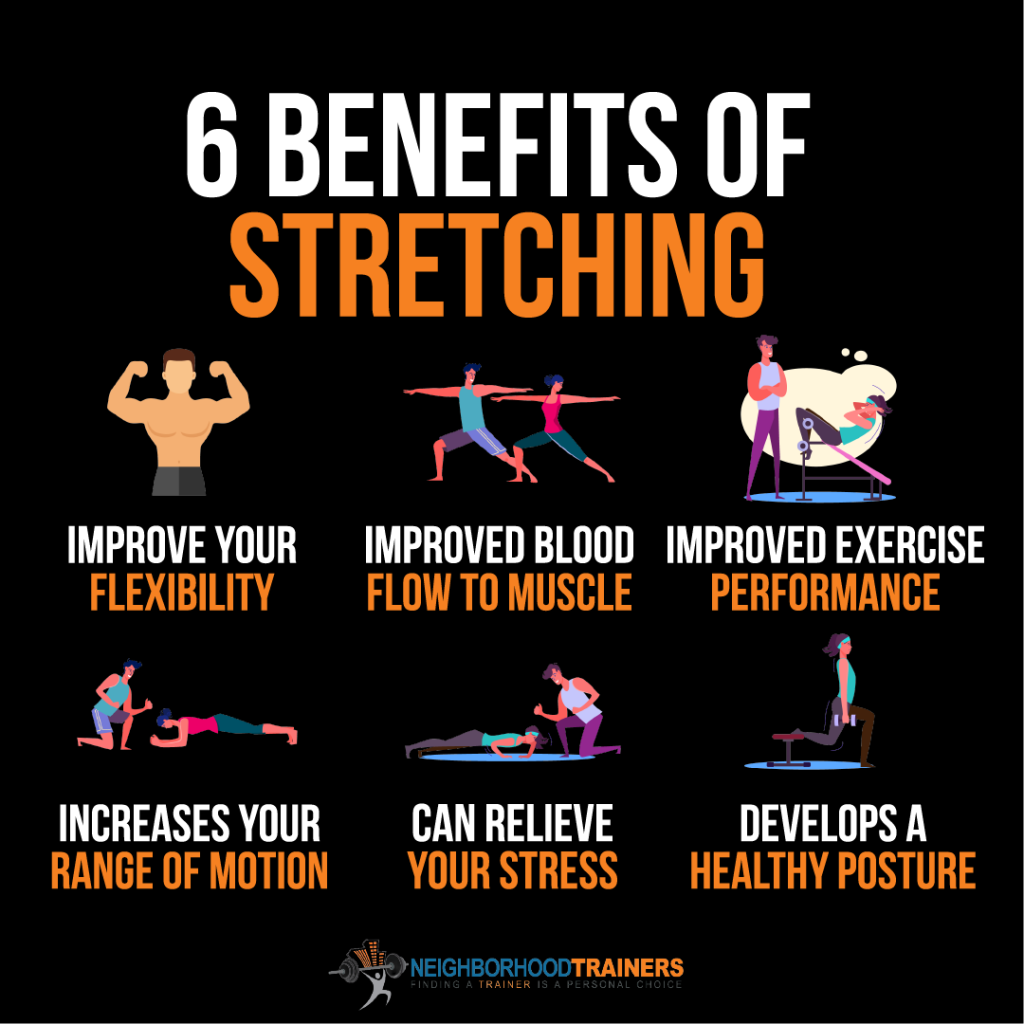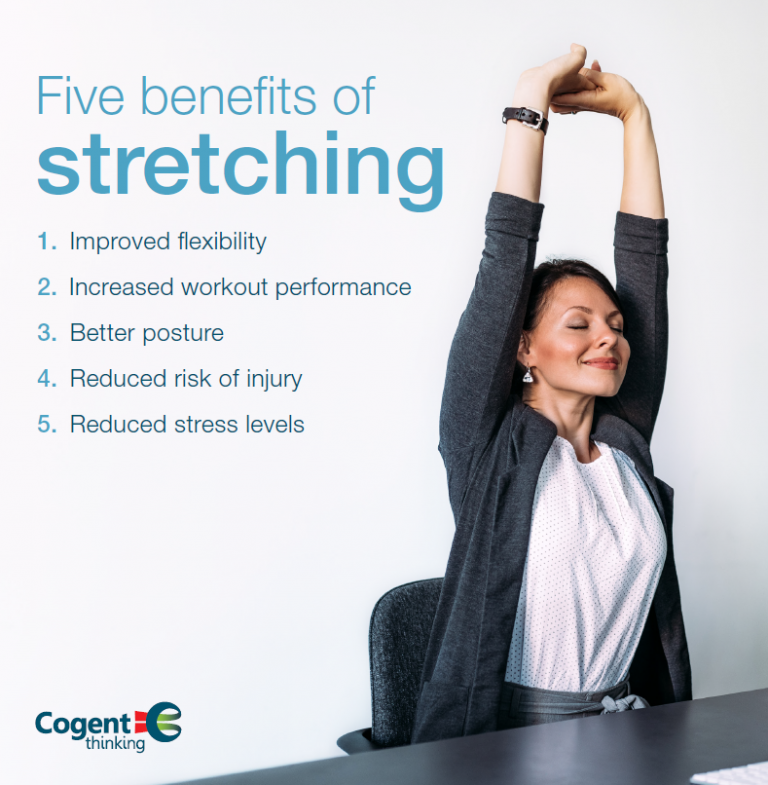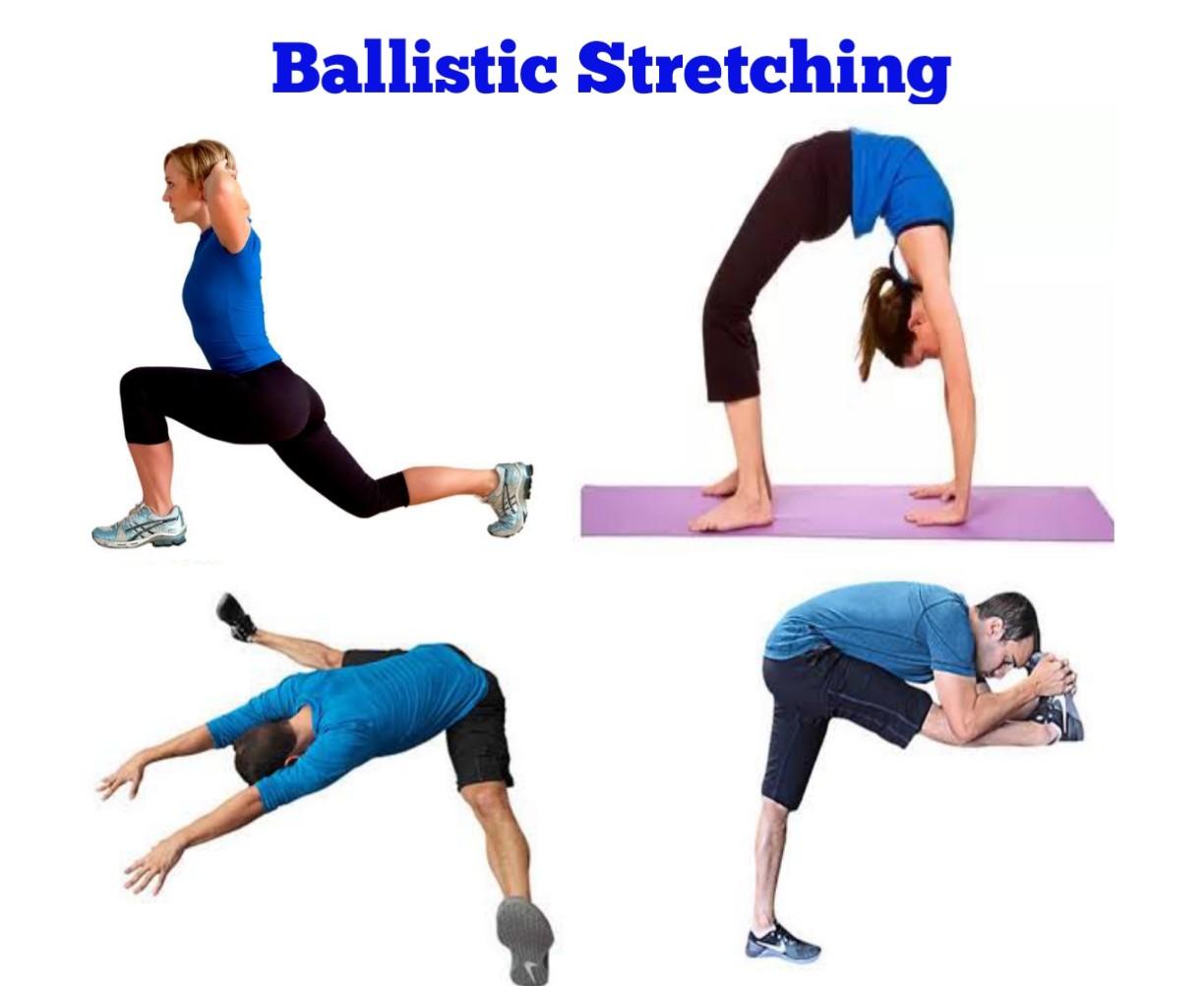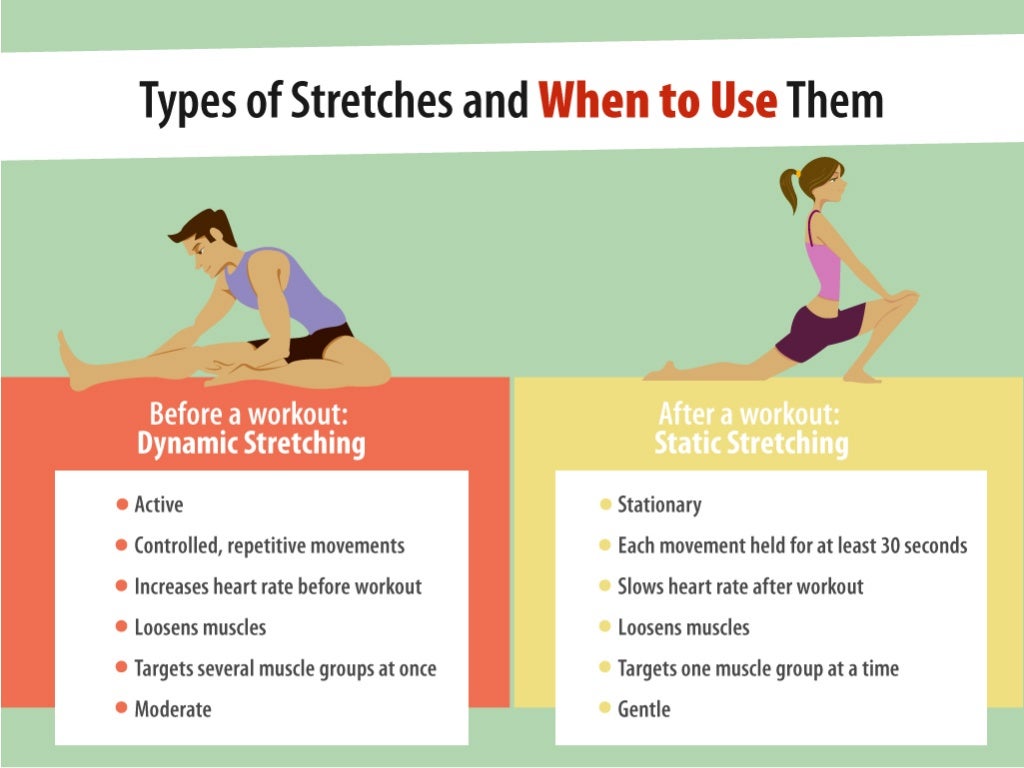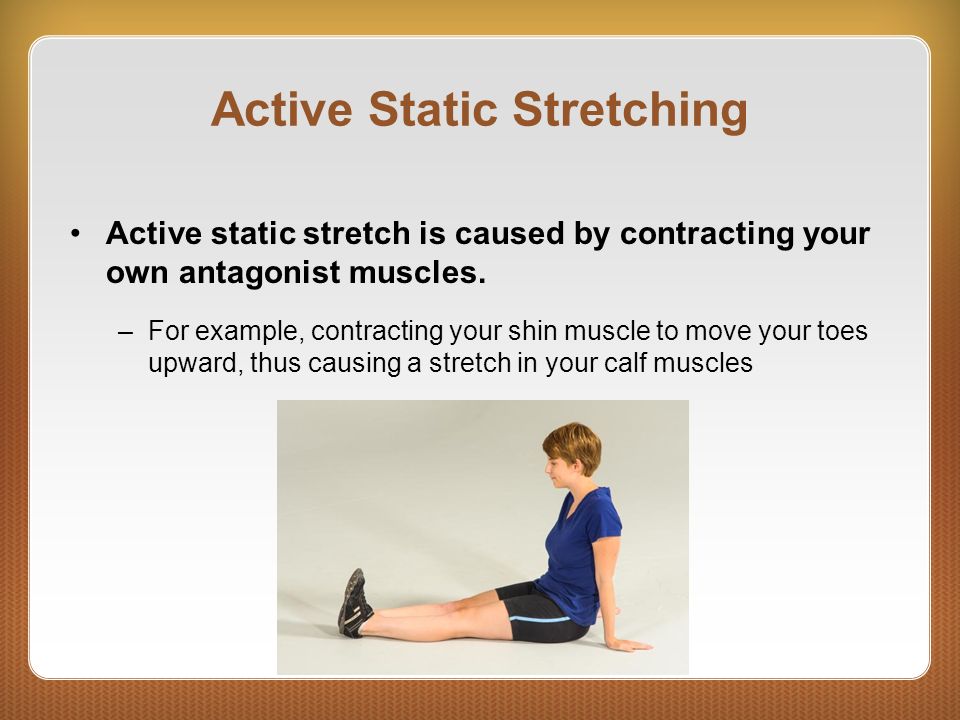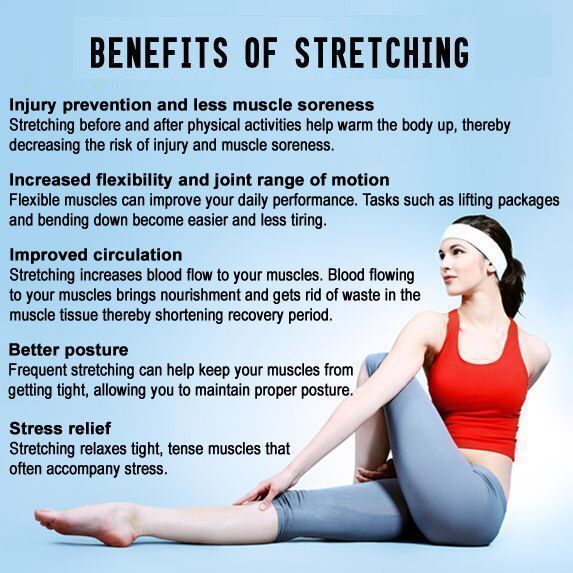Which Of The Following Is Not A Benefit Of Stretching

Stretching: a cornerstone of fitness routines, injury prevention protocols, and even relaxation techniques. But amidst the widespread advocacy for its benefits, a critical question lingers: are all perceived advantages of stretching actually supported by scientific evidence? The fitness world is rife with myths, and understanding the true scope of stretching's capabilities is crucial for optimizing workout strategies and avoiding potentially misguided expectations.
This article delves into the often-overlooked realities of stretching, separating fact from fiction. We'll explore which commonly touted benefits are not definitively supported by research. By examining credible sources and scientific studies, we aim to provide a balanced perspective on stretching, empowering readers to make informed decisions about incorporating it into their health and fitness regimens.
Immediate Strength Gains: A Myth Debunked
One persistent misconception is that stretching immediately increases strength. While stretching can improve flexibility and range of motion, leading to potentially better form during exercises, studies haven't found it to provide immediate, direct strength enhancement.
In fact, some research suggests that static stretching (holding a stretch for an extended period) before a strength training workout might actually temporarily reduce muscle power and force production.
This is likely due to neurological inhibition, where the muscles are temporarily less responsive. Strength gains are achieved through consistent, progressive overload and proper nutrition, not immediate stretching.
Preventing All Types of Injuries: An Overstatement
Stretching is often promoted as a universal injury prevention tool. However, the evidence is not so clear-cut, and its effectiveness depends heavily on the type of injury, the type of stretching, and the context of the activity.
While stretching can be beneficial in preventing certain muscle strains and improving flexibility, it's not a guaranteed shield against all injuries, especially acute traumatic injuries like fractures or ligament tears.
The American College of Sports Medicine (ACSM), a leading authority in exercise science, emphasizes that a comprehensive approach to injury prevention, including proper warm-up, appropriate training volume, and strength training, is more effective than stretching alone.
Reducing Post-Exercise Muscle Soreness (DOMS): A Contested Claim
Delayed onset muscle soreness (DOMS), the muscle pain that typically appears 24-72 hours after intense exercise, is a common experience. Stretching is frequently recommended as a way to alleviate or prevent DOMS, but the evidence supporting this claim is weak.
Multiple studies have found that stretching, either before or after exercise, has minimal impact on reducing the severity or duration of DOMS.
A review published in the British Journal of Sports Medicine concluded that stretching does not significantly reduce DOMS. Active recovery, such as light cardio, and adequate rest are considered more effective strategies for managing muscle soreness.
Enhancing Athletic Performance in All Domains: A Qualified Benefit
While flexibility is undoubtedly important for many sports and activities, stretching does not automatically translate to improved athletic performance in all domains. The specific benefits of stretching are highly dependent on the sport and the individual's needs.
For example, a gymnast or dancer may require a high degree of flexibility, while a powerlifter may benefit more from mobility exercises and dynamic stretching. Static stretching before explosive activities, such as sprinting or jumping, has been shown to potentially hinder performance.
Dynamic stretching, which involves controlled movements through a full range of motion, is often recommended as a more effective warm-up for these types of activities. Stretching is beneficial to athletic performance only if it fits the sport requirements.
A Note on Individual Variability and Context
It's crucial to acknowledge that the effects of stretching can vary significantly from person to person. Factors such as age, genetics, training history, and individual flexibility levels all play a role.
What works for one person may not work for another, and a cookie-cutter approach to stretching is unlikely to be effective. The specific type of stretching (static, dynamic, ballistic, PNF) also matters, and the choice should be tailored to the individual's goals and needs.
Therefore, it is always best to consult with a qualified fitness professional or healthcare provider to determine the most appropriate stretching program for your specific situation.
The True Benefits of Stretching: What Remains Undisputed
Despite debunking some common myths, it's important to emphasize that stretching still offers genuine benefits. Improved flexibility and range of motion remain key advantages, facilitating everyday movements and potentially reducing the risk of certain muscle strains.
Stretching can also contribute to improved posture, reduced muscle tension, and increased body awareness. Incorporating stretching into a well-rounded fitness routine can promote overall well-being and physical function.
However, it's essential to approach stretching with realistic expectations and to understand its limitations. Stretching is most effective when combined with other healthy habits, such as regular exercise, a balanced diet, and adequate rest.
Moving Forward: A Balanced Perspective
The key takeaway is that stretching is not a magic bullet. It's a valuable tool that can contribute to overall health and fitness when used appropriately and in conjunction with other strategies.
By understanding which benefits are supported by evidence and which are not, individuals can make more informed decisions about incorporating stretching into their routines. This understanding allows for a more targeted and effective approach to injury prevention and performance enhancement.
The future of stretching likely involves a more nuanced and individualized approach, taking into account the specific needs and goals of each person. Further research is needed to explore the optimal stretching protocols for different populations and activities, ultimately leading to more effective and evidence-based recommendations.


